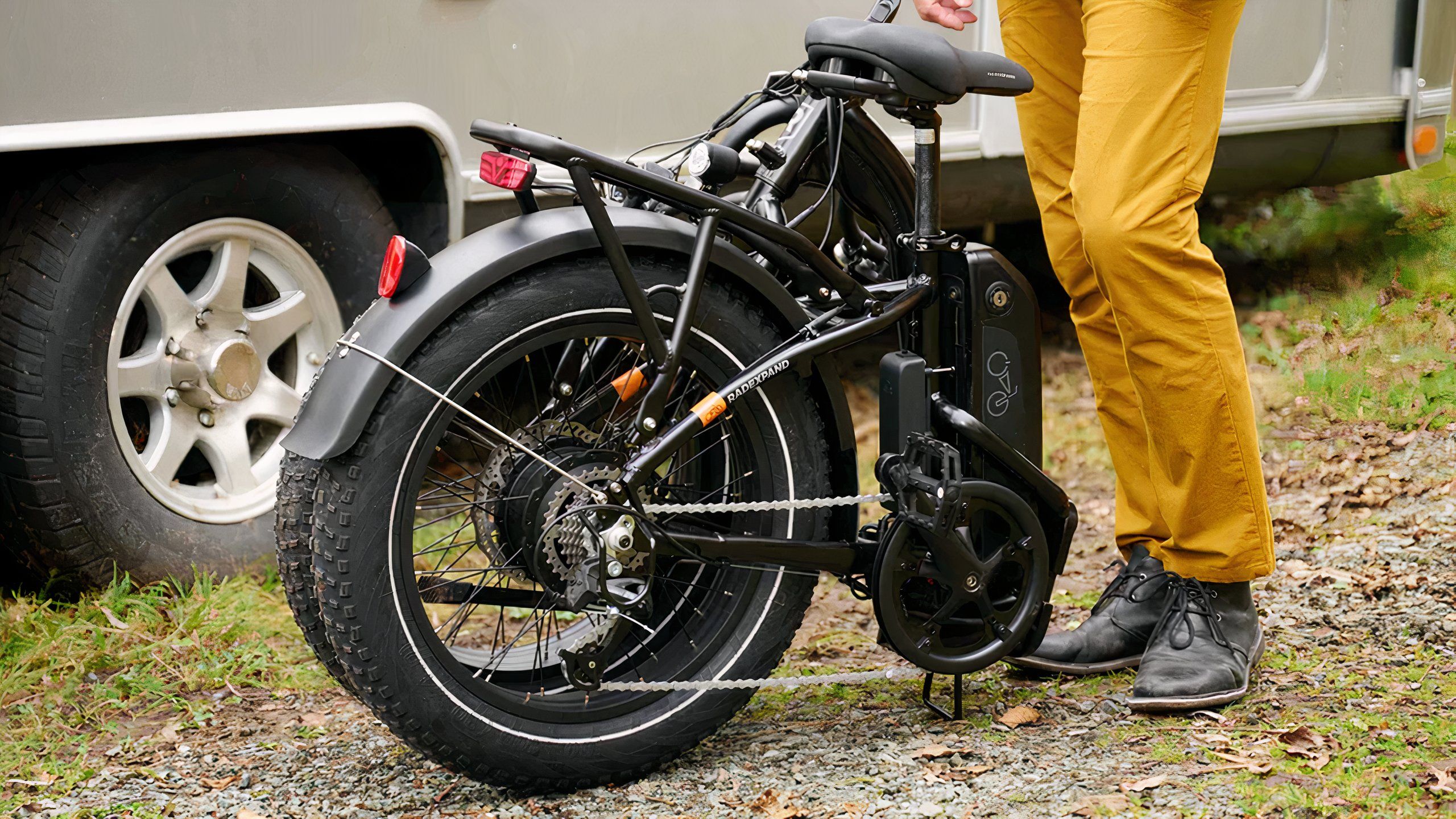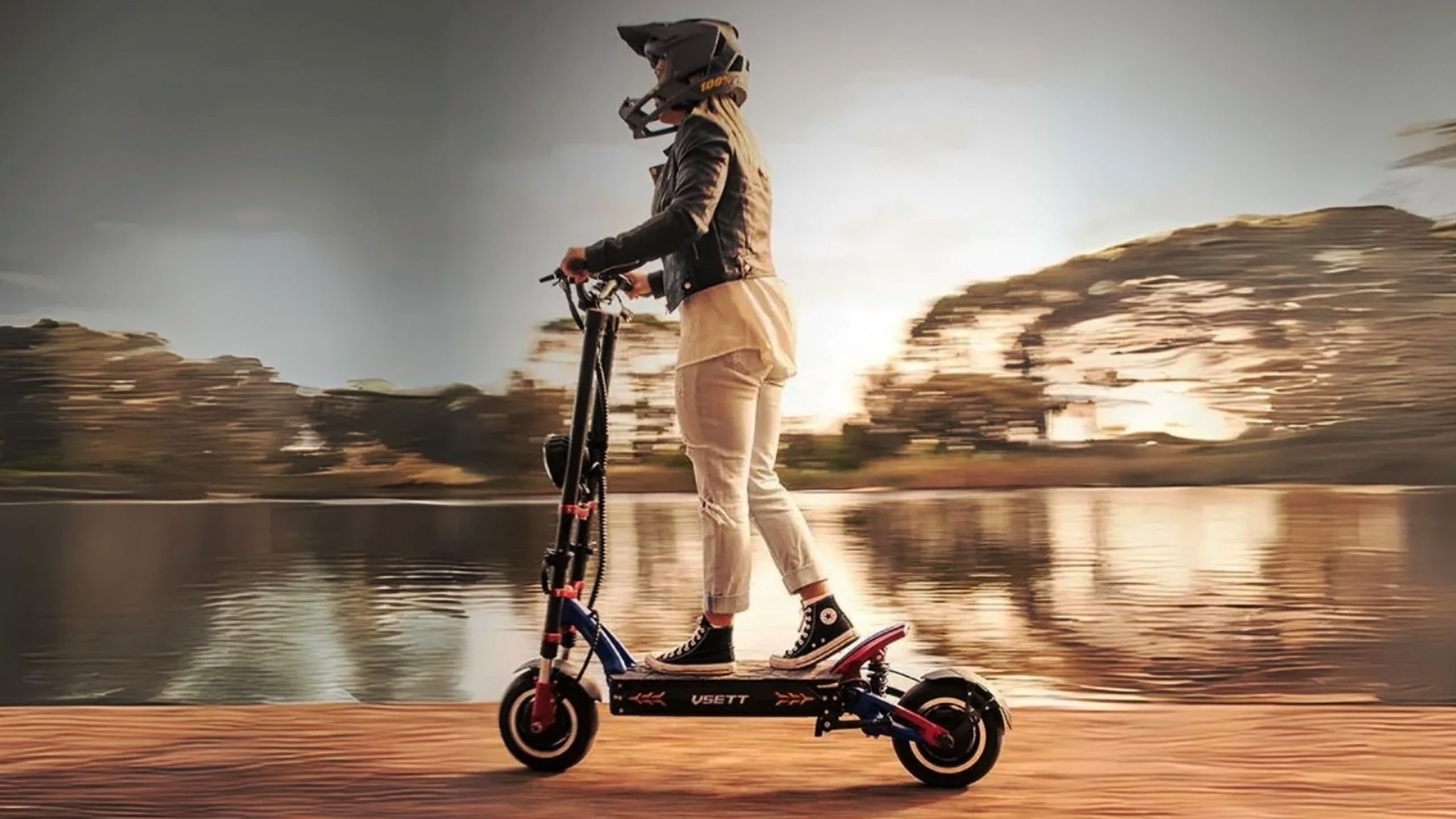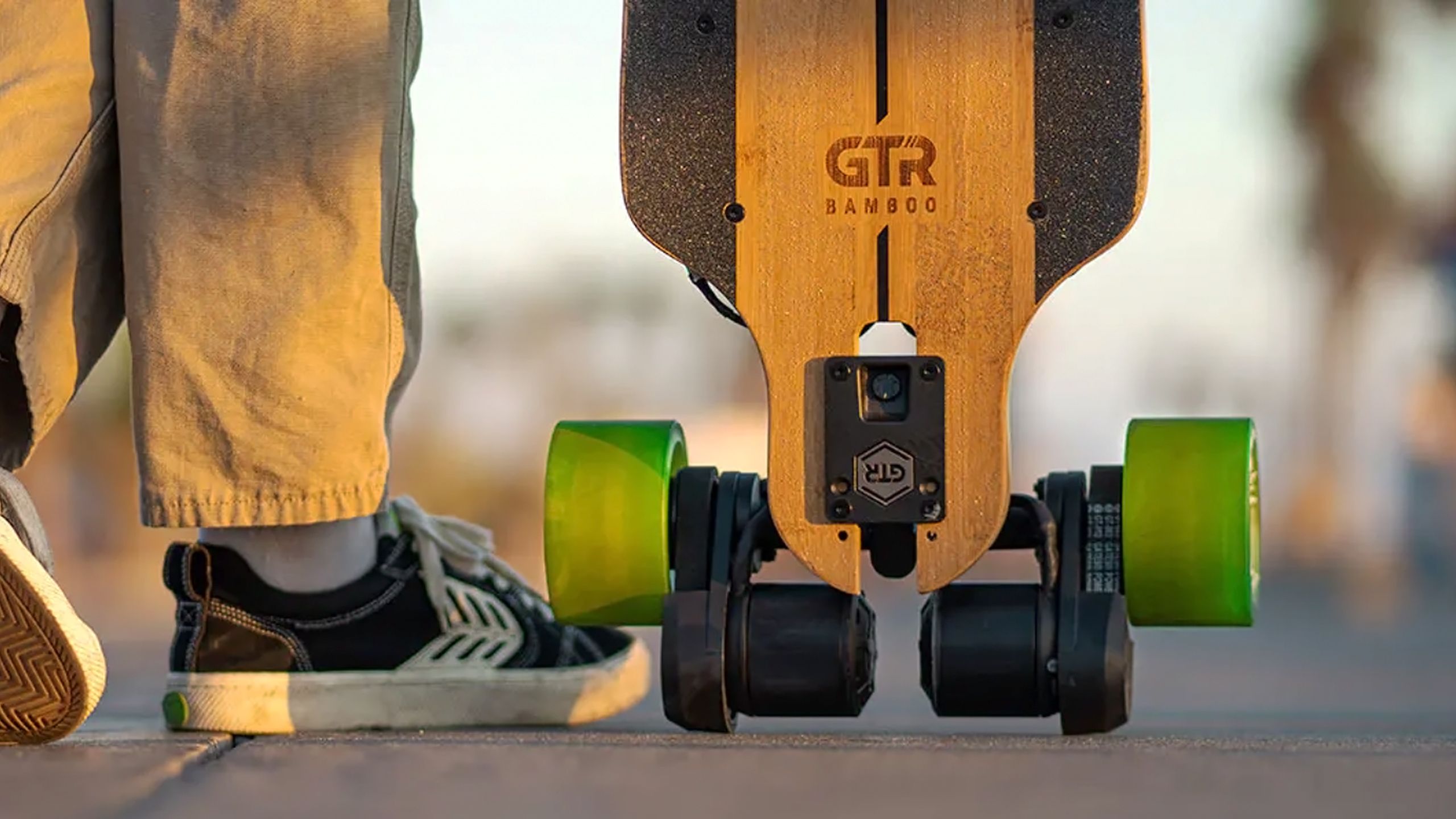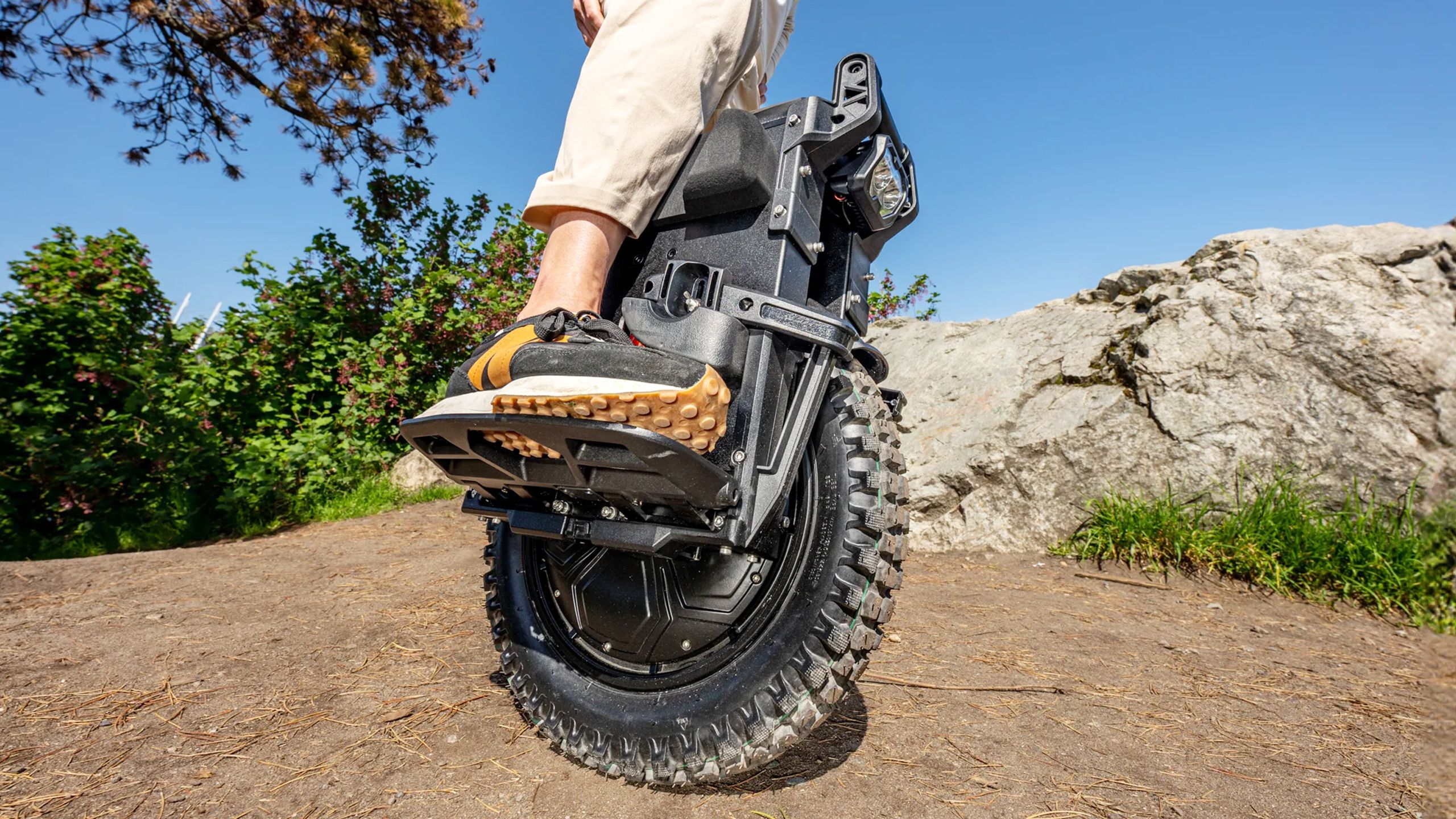Summary
- E-bikes and e-scooters are familiar options that are very easy to pick up, if not always simple to maintain.
- If you want more fun, Onewheels and electric skateboards can be good options, assuming you’re willing to sacrifice support and ease-of-learning.
- Electric unicycles (EUCs) provide incredible freedom and performance, but have a steep learning curve, and lack a wide sales and support network.
Here in North America, it’s pretty much taken for granted that you’ll drive to most places, unless you live somewhere like Chicago, Montreal, or New York City. Many of our cities aren’t walkable, and our public transit systems aren’t nearly as good as the ones in Europe or Japan. Pedal bicycles can be a way of avoiding the accidents, traffic jams, and pollution that come with driving — but it’s potentially time-consuming to bike long distances, not to mention sweaty and exhausting. I wouldn’t want to depend on a bike for commuting in Texas summer heat.
That’s one of the reasons why personal electric vehicles — PEVs, for short — are slowly growing in popularity. They represent a middleground, offering better speed and comfort than a bike without the cost, size, and hassle of a car. In some cases, it’s possible to do things with a PEV that neither a bike nor a car are capable of, opening up new horizons for exploration and commuting.
What are your options for PEVs, though, and which one(s) might be best for you? Here’s a quick primer on the most popular vehicle types — you might be surprised at how far technology has advanced.
Related
The Nissan Leaf is dead, long live the new Leaf
I’m going to miss the Leaf’s earlier spirit, but it’s probably for the best.
E-bikes
The default PEV for most riders
Rad Power Bikes
When you think of an electric vehicle that isn’t a car, chances are the first thing you think of is an e-bike. There’s a lot more to say in the guide linked below, but for the Cliff’s Notes version, most e-bikes are just twists on conventional designs with a hub or mid-drive motor. They will at least offer pedal assist modes — reducing the amount of effort on your part — but some offer throttle-only riding, essentially turning them into low-speed motorcycles.
The two biggest advantages of e-bikes are familiarity and support.
In the US and Canada, e-bikes are typically divided into three classes, with Class 3 models offering pedal assist speeds up to 28mph (45kmh). It’s sometimes possible to “unlock” a bike to go faster than what it’s rated for, though, whether on throttle or pedal assist. That can be legally dicey — depending on where you’re riding — but most e-bikes can’t go much over 30mph (48kmh). There are faster e-bikes like the Onyx RCR, but these are really just electric mopeds or dirt bikes with pedals as backup. In some parts of the world, it can be outright illegal to ride in public spaces, at least without registering them like you would a full-fledged motorcycle.
The two biggest advantages of e-bikes are familiarity and support. If you can ride a regular bike, there’s almost no learning curve, and just about every city has a shop that sells and services e-bikes. In some cases, you can fix an e-bike with the same parts you’d use for a conventional model — excluding the motor and electronics, naturally. Those may need to be ordered in.
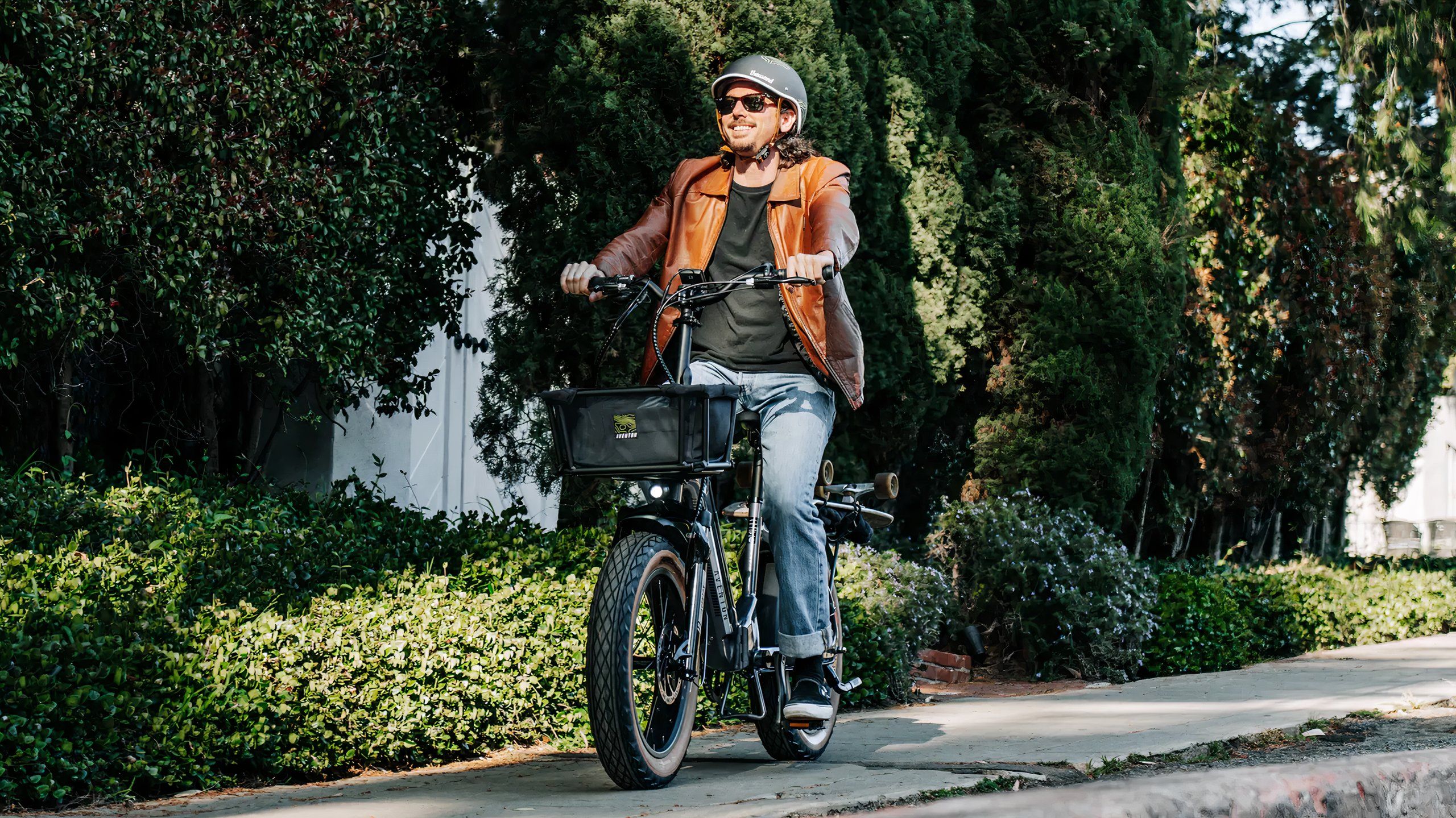
Related
What you need to know before buying an e-bike
Don’t just buy the cheapest e-bike you can find — you can do better.
Downsides include portability, extra maintenance, and the “fun” factor. Even folding e-bikes tend to occupy a lot of room, and more powerful models can be heavy, topping 60 to 100 pounds. Maintenance is similar to a conventional bike, only more complicated, and unless you get a mountain e-bike, you’ll mostly be cruising along bike paths and light trails. That’s going to be fun enough for most people, but there are more exciting PEVs out there. I’ll get to those.
Costs can vary wildly. While some e-bikes are just a few hundred dollars, you can spend tens of thousands if you want the best reliability and performance. The sweet spot is typically in the $1,000 to $2,000 range.
E-scooters
More fun, more portable
EZbike Canada
Electric scooters technically come in both sit-down and stand-up varieties, but the stand-up ones are the best known, mostly thanks to rental companies like Bird and Lime. There’s a reason why — they’re very easy to learn, maybe more so than a bike, and most can fold down their stems for simpler carrying and storage. Some ultra-light scooters are designed to be carried in one hand on your way to work.
There are many different price and performance tiers in the scooter world. While some models are slow and equipped with small batteries, meant for last-mile commuting or even kids, others are built for long-distance cruising, and a select few are built for off-roading or pure speed. Something like the Kaabo Wolf King GTR does it all — you can jump it off dirt ramps, then promptly join highway traffic at speeds of up to 65mph (104kmh). Riding on highways is always a bad idea, mind. Even if it’s not illegal where you live, you’re a lot more vulnerable than other people on the road.
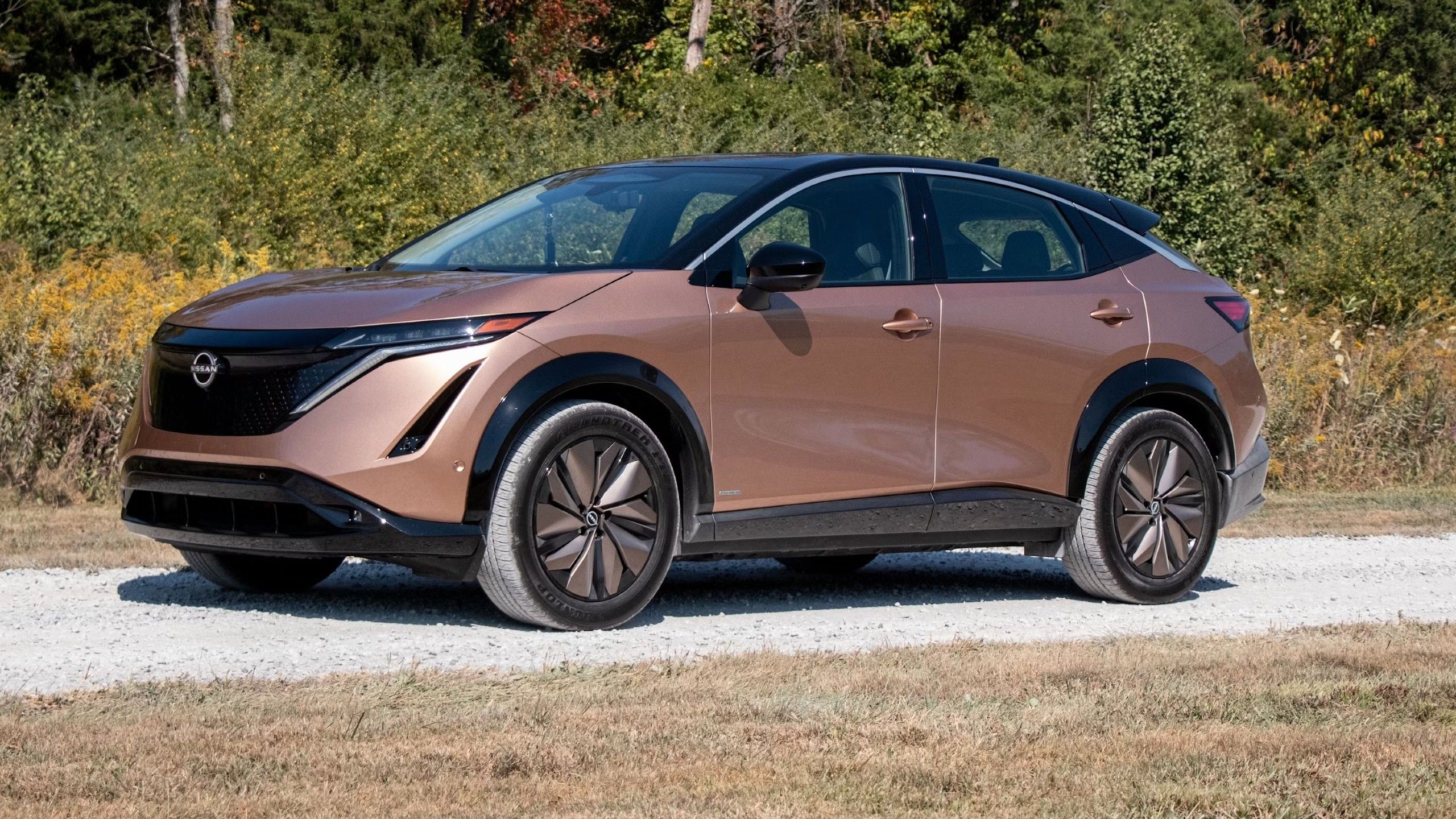
Related
10 most reliable electric cars under $30,000
There’s no need to worry about buying a used EV. Here are ten affordable options with strong reliability scores.
Speaking of legality, that’s more of a concern with scooters than it is with e-bikes. In some regions, they’re unregulated, tightly controlled, or banned outright. Police in London, England are infamous for confiscating scooters, no matter how responsibly you’re riding. Check local laws before buying anything, though if there are rental scooters in your area, you’ll probably be okay riding anywhere they’re allowed to go.
Speaking of legality, that’s more of a concern with scooters than it is with e-bikes.
Portability and performance are probably the main attractions here, but scooters also tend to be more fun. Since you’re standing up, the experience is more visceral, and scooters can sometimes go places and do things e-bikes can’t. Heck, it’s more likely you’ll be allowed to wheel a scooter with you into a grocery store, where it’s safer than leaving it chained up outside.
The drawbacks can be significant, depending on your circumstances. Few retail businesses are able or willing to repair electric scooters, so you may be forced to perform your own fixes or ship your scooter off. They’re also about as complicated to maintain as e-bikes, and quality control seems to be all over the map. While you should be safe buying from a well-known brand like Segway, there’s a flood of cheap clones out there.
Electric skateboards
An increasingly niche category
Evolve
Thanks to Boosted Boards — and their biggest fan, YouTuber Casey Neistat — e-boards used to have a strong cachet. There’s still a committed scene, but anecdotally, it seems like a lot of the people who used to be into boards have drifted towards other PEVs.
That’s probably because of the hardware’s inherent limitations. While boards are the most portable PEV type possible, others tend to be faster, safer, and/or better for range, bad weather, or off-roading. In fact, even urban riders should strongly consider boards with all-terrain wheels and suspension, since models with traditional skateboard wheels can launch you if they get caught in a crack or pothole. I discovered that the hard way with my Boosted Stealth.

Related
I hope the Rivian R3 will be the vehicle to topple Tesla
Tesla won’t shrink and vanish in a day, naturally.
While boards are the most portable PEV type possible, others tend to be faster, safer, and/or better for range, bad weather, or off-roading.
The good news is that there are still several major brands active, and the technology continues to improve at all levels. You can get a basic street board for under $500, and a decent off-road one for $1,000. If you want the best quality, though, expect to spend more. The only brand left with Boosted levels of recognition and support is Evolve, and their prices range from around $1,200 to nearly $4,000, depending on the model and whether you can score a discount. Don’t expect to get any e-board fixed at a local shop unless it’s the same one that sold it to you.
These days, I’d typically only recommend e-boards to one of two groups: diehard enthusiasts, or people with short-range routes that don’t involve carrying anything more than you can fit in a backpack. There’s a strong case for the enthusiasts, though — there’s nothing quite like the feeling of surfing on dirt or pavement, once you learn how to balance properly.
Onewheels
A hybrid approach
Future Motion
To clarify some confusion, Onewheels are a specific product line made by a California company called Future Motion. They’re unicycles, but they’re very different from the ones I’m going to talk about in the next section.
How? Onewheels combine go-kart-sized tires with a skateboard-like deck. You tilt forward on one foot to accelerate, back on the other to slow down or reverse, and to the left or right to steer. In motion, they’re self-balancing, but you can use the Onewheel mobile app to customize exactly how your board responds.
The experience is often likened to surfing or snowboarding, since you can “carve” your way along roads and trails.
There’s a dedicated fanbase, and group rides are a frequent thing in some cities. That’s because while you can commute with a Onewheel, they’re some of the most fun PEVs to ride. The experience is often likened to surfing or snowboarding, since you can “carve” your way along roads and trails.
Two potentially big obstacles are safety and the learning curve. While some people can start riding around in an hour, it can potentially take much longer than that if you’re not used to board sports. And you should gear up no matter what, since if you overpower your Onewheel, there’s a risk it’ll cut out and cause a nosedive. At higher speeds, there’s the risk of serious injury.
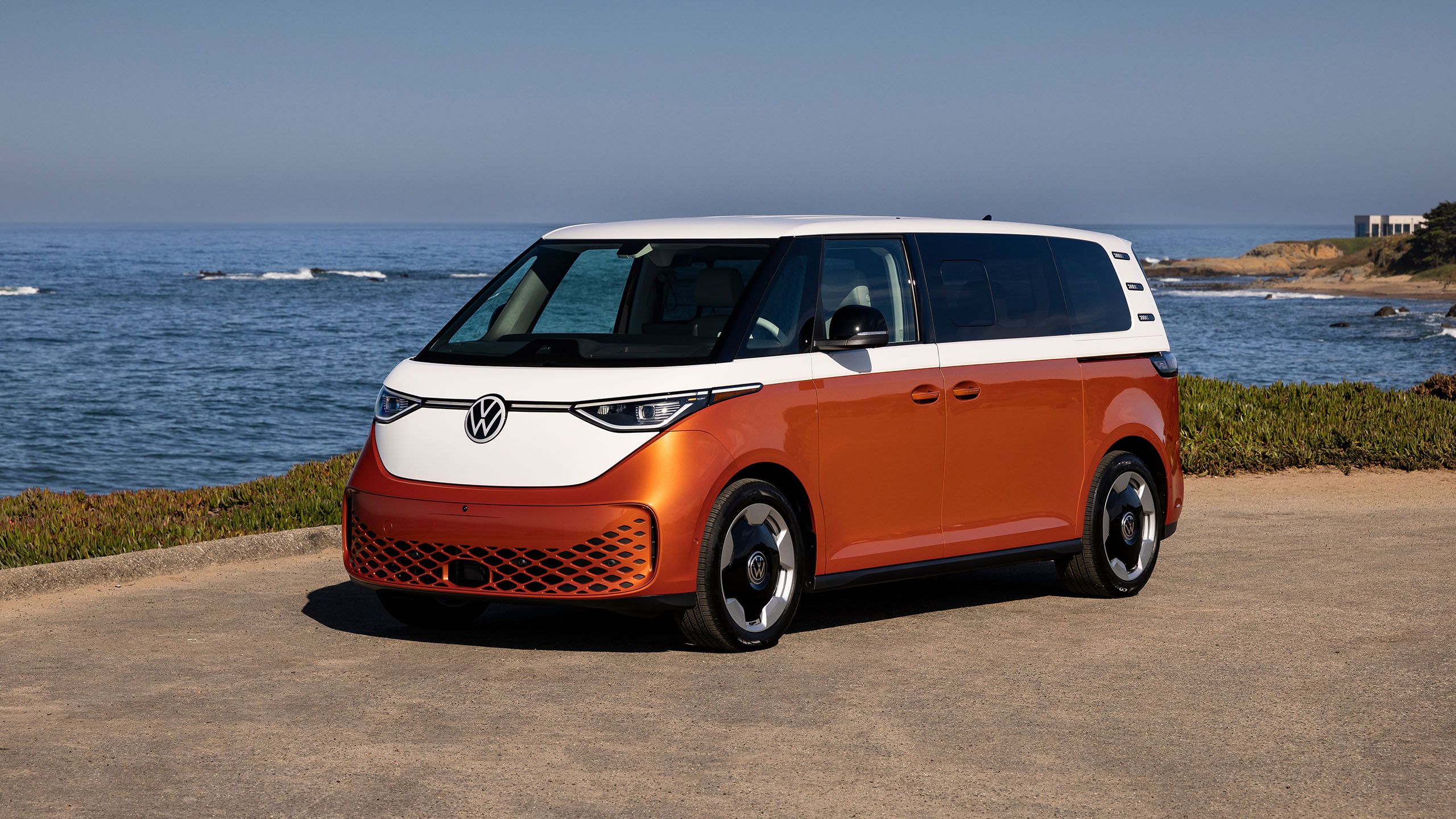
Related
The VW ID. Buzz is the only van that appeals to me, and that’s a shame
The Buzz shows that just about any product category can be revived if a company puts in effort.
Onewheels don’t have much speed or range, relatively speaking. Most are capped at no higher than 20mph (32kmh), and even the top-end GT-S tops out at 25mph (40kmh). The best range is on the regular GT, which is limited to between 20 and 32 miles (32 to 52 kilometers).
Be prepared to pay anywhere between $750 and $2,900 before accessories. When it comes to support, you’ll likely have to pay Future Motion for help if you can’t fix something yourself, but Onewheels are low-maintenance PEVs most of the time — you just need to keep the tire inflated, the battery charged, and water and dirt out of the motor and electronics. I’d avoid riding a Onewheel in the rain unless you’ve followed unofficial waterproofing instructions online.
Electric unicycles
High price, high return
eevee’s
Electric unicycles (EUCs) are simultaneously the most challenging PEV type and the most rewarding. Just free-mounting one can be tough to learn, and it often takes days or weeks to get comfortable enough to ride around your neighborhood. Yet once it “clicks,” you’ve got an unprecedented level of freedom and maneuverability. It’s akin to flying like Superman, since if you think about going somewhere, you can probably make your EUC do it just by instinct. When you want to go into a store or restaurant, you simply bring the wheel with you using the trolley handle, or else park it under a table.
The latest EUCs are surprisingly capable. Even low-end models can take a tumble, and the high-end ones are suspension-equipped tanks, sometimes ready to roll right after a high-speed crash. Many models are water-resistant, too, and can handle just fine in the rain and snow as long as they have a knobby tire. Performance is potentially blistering — while something like the Inmotion E20 is safe enough for kids, models like the Extreme Bull Commander GT Pro can reach highway speeds, and go both up and down stairs. There’s a growing number of options in between, like the Begode Falcon or my own Veteran Patton.
Once it “clicks,” you’ve got an unprecedented level of freedom and maneuverability.
Aside from a steep learning curve, and the lack of any cargo capacity, the main obstacles are cost, safety, and support. The Inmotion E20 is just $399, but anything useful past the learning stage will cost $1,000, and the best EUCs are over $3,000. When I ride, I armor up with a full-face helmet, wrist protectors, and knee/shin guards at a minimum — so factor that into your budget as well. Cutouts are less likely than they are on Onewheels, but it’s better to be prepared for the worst.
As for support, there are very few EUC dealers in North America, the top two being eWheels (in the US) and eevee’s (in Canada). You’ll want to deal with them rather than Chinese manufacturers if you can. They may also be able to assist with repairs, but be prepared to do your own work in some situations.

Related
EVs are still waiting for their Model T moment
An EV for the masses is still a distant dream.
Maintenance is actually a strong point. While changing an EUC’s tire can be a hassle, it’s getting easier, and there’s usually not much to do beyond inflating the tire, checking batteries, and inflating the suspension if your wheel uses air instead of coils or hydraulics.
Be careful about EUCs from a legal standpoint. They’re largely unregulated in North America, but completely banned in some places, like non-private spaces in Germany.
As a final thought, you should also expect to field a lot of questions if you ride in public areas. EUCs are growing in popularity, but they’re still novel enough that most people have never seen one, and still think they should be impossible to ride safely.
Trending Products

15.6” Laptop computer 12GB DDR4 512GB SSD, Quad-Core Intel Celeron N5095 Processors, Home windows 11 1080P IPS FHD Show Laptop computer Laptop,Numeric Keypad USB 3.0, Bluetooth 4.2, 2.4/5G WiFi

Wireless Keyboard and Mouse Combo, EDJO 2.4G Full-Sized Ergonomic Computer Keyboard with Wrist Rest and 3 Level DPI Adjustable Wireless Mouse for Windows, Mac OS Desktop/Laptop/PC

Logitech Signature MK650 Combo for Business, Wireless Mouse and Keyboard, Logi Bolt, Bluetooth, SmartWheel, Globally Certified, Windows/Mac/Chrome/Linux – Graphite

ASUS VA24DQ 23.8â Monitor, 1080P Full HD, 75Hz, IPS, Adaptive-Sync/FreeSync, Eye Care, HDMI DisplayPort VGA, Frameless, VESA Wall Mountable ,BLACK

TP-Link AXE5400 Tri-Band WiFi 6E Router (Archer AXE75)- Gigabit Wireless Internet Router, ax Router for Gaming, VPN Router, OneMesh, WPA3, Black

GAMDIAS White RGB Gaming ATX Mid Tower Computer PC Case with Side Tempered Glass and Excellent Airflow Design & 3 Built-in 120mm ARGB Fans

Wireless Keyboard and Mouse Combo, MARVO 2.4G Ergonomic Wireless Computer Keyboard with Phone Tablet Holder, Silent Mouse with 6 Button, Compatible with MacBook, Windows (Black)

Thermaltake View 200 TG ARGB Motherboard Sync ATX Tempered Glass Mid Tower Computer Case with 3x120mm Front ARGB Fan, CA-1X3-00M1WN-00


